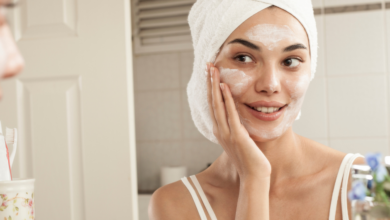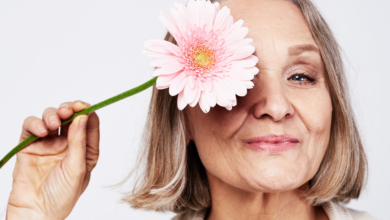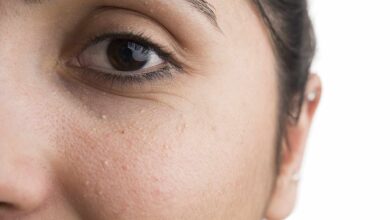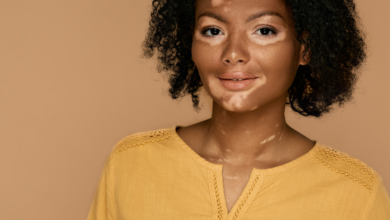
In this article, we will shed light on the topic of sun damage and provide you with valuable tips on how to protect and repair your skin. We understand the importance of keeping your skin healthy and glowing, and we are here to help you achieve just that. Whether you are lounging on a beach or going for a stroll in the park, the sun’s harmful rays can take a toll on your skin. But fear not, as we have curated some effective remedies and preventive measures to combat sun damage. So, read on and discover the secrets to maintaining radiant and youthful skin.
Understanding Sun Damage
The basics of sun damage
Sun damage occurs when the skin is exposed to the harmful ultraviolet (UV) rays emitted by the sun. These rays can penetrate deep into the layers of your skin, causing various negative effects. While some exposure to the sun is beneficial for vitamin D production, excessive exposure can lead to sunburn, premature aging, and an increased risk of skin cancer.
The effects of UVA and UVB rays
When it comes to sun damage, it’s important to understand the different types of UV rays: UVA and UVB. UVA rays have a longer wavelength and can penetrate the deeper layers of your skin, contributing to premature aging and wrinkles. On the other hand, UVB rays have a shorter wavelength and primarily damage the superficial layers of your skin, causing sunburn.
Common signs of sun damage
Sun damage can manifest in various ways, and it’s essential to recognize the signs to take appropriate action. Some common signs of sun damage include redness, sunburn, peeling skin, dark spots, wrinkles, and an overall rough texture. If you notice any of these signs, it’s important to address them promptly to minimize further damage and protect your skin’s health.
Preventing Sun Damage
Using sunscreen correctly
One of the most effective ways to prevent sun damage is to use sunscreen correctly. Make sure to apply a broad-spectrum sunscreen with a sun protection factor (SPF) of 30 or higher, at least 15 minutes before sun exposure. Additionally, reapply sunscreen every two hours, or more frequently if you’re sweating or swimming.
Choosing the right SPF
Selecting the right SPF for your skin is crucial for optimal sun protection. SPF determines the level of protection against UVB rays, so it’s important to choose an SPF that suits your needs. Generally, an SPF 30 is sufficient for everyday outdoor activities, while higher SPFs may be suitable for prolonged sun exposure or individuals with fair or sensitive skin.
Wearing protective clothing
In addition to sunscreen, wearing the right protective clothing can significantly reduce sun damage. Opt for long-sleeved shirts, pants, and wide-brimmed hats that provide shade and cover exposed areas. Clothing with a UPF (Ultraviolet Protection Factor) rating is also a great option as it offers additional protection against harmful UV rays.
Seeking shade during peak hours
When the sun’s rays are strongest, typically between 10 am and 4 pm, it’s important to seek shade whenever possible. Taking breaks from direct sunlight during these peak hours can help reduce your risk of sunburn and limit prolonged exposure to harmful UV rays.
Avoiding tanning beds
Tanning beds may seem like a convenient way to achieve a bronzed complexion, but they can be extremely damaging to your skin. Tanning beds emit intense UV rays, significantly increasing your risk of developing skin cancer and accelerating the aging process. It’s best to embrace a natural and healthy skin tone instead.
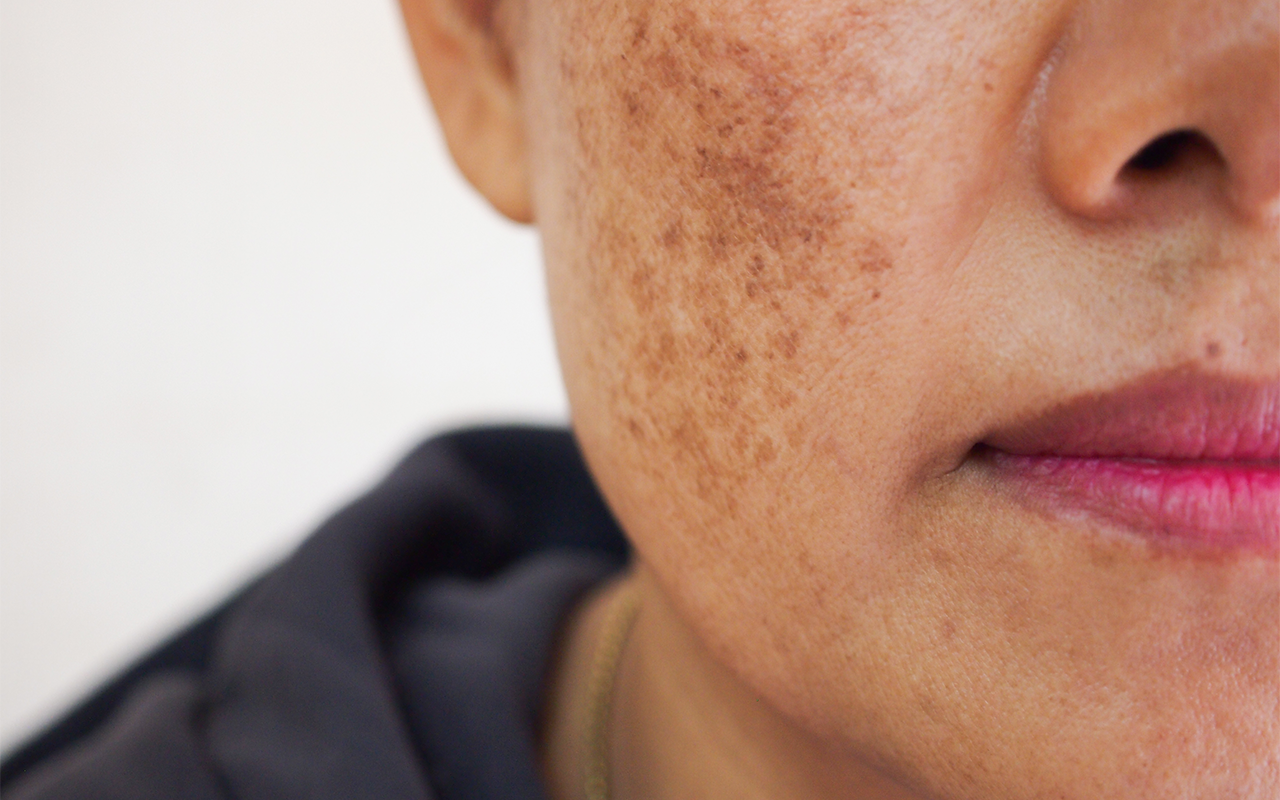
Protective Accessories
Wide-brimmed hats
A fashionable and practical accessory, wide-brimmed hats provide an extra layer of protection for your face, neck, and shoulders. Opt for hats with a wide brim as they offer shade to these vulnerable areas. Whether you’re lounging by the beach or strolling through the city, a wide-brimmed hat is an excellent addition to your sun protection arsenal.
Sunglasses with UV protection
While protecting your skin is essential, it’s also crucial to shield your eyes from the harmful effects of the sun. Invest in sunglasses that provide 100% UV protection to safeguard your eyes against UVA and UVB rays. Look for sunglasses labeled with UVA and UVB protection to ensure you’re getting the maximum benefit.
UV-blocking umbrellas
When you’re out and about on a sunny day, a UV-blocking umbrella can offer an extra layer of shade and protection. These umbrellas are designed with a special coating that blocks the majority of UV rays, shielding your skin from potential damage. It’s a portable and stylish way to stay sun-safe, especially during outdoor events or beach trips.
Clothing with UPF
For prolonged sun exposure, consider incorporating clothing with UPF into your wardrobe. UPF-rated clothing contains special fibers that block a significant amount of UV radiation, providing an additional layer of protection. Look for clothing labeled with a UPF rating, which ranges from UPF 15 to UPF 50+, for the best sun protection.
Skin Care Products
Importance of daily moisturizer with SPF
Incorporating a daily moisturizer with SPF into your skincare routine is crucial for protecting your skin from sun damage. Even on cloudy days, UV rays can still penetrate the clouds and cause harm. By using a moisturizer with built-in SPF, you ensure that your skin is shielded from UV rays while keeping it hydrated and healthy.
Choosing sunscreen for different skin types
Different skin types have varying needs when it comes to sunscreen. It’s essential to choose a sunscreen that suits your specific skin type to provide optimal protection without causing any adverse reactions. If you have oily skin, opt for oil-free or mattifying sunscreens, while those with dry skin may benefit from more hydrating and nourishing formulas.
The benefits of antioxidant serums
In addition to wearing sunscreen, incorporating antioxidant serums into your skincare routine can provide an extra layer of defense against sun damage. Antioxidants like vitamin C and vitamin E help neutralize free radicals caused by UV rays, reducing oxidative stress on the skin and preventing premature aging. Look for serums with potent antioxidant properties to maximize their protective benefits.
Repairing sun damage with retinoids
If you’re dealing with existing sun damage, incorporating retinoids into your skincare routine can help repair and rejuvenate your skin. Retinoids, derived from vitamin A, stimulate collagen production, improve skin texture, and reduce the appearance of dark spots and wrinkles. However, retinoids can increase sun sensitivity, so it’s crucial to use them in the evening and always wear sunscreen during the day.

Post-Sun Exposure Care
Cooling the skin
After spending time under the sun, it’s important to cool down your skin to minimize inflammation and redness. Take a cool shower or apply a cold compress to the affected areas. Avoid hot showers or harsh scrubs, as they can further irritate your skin.
Rehydrating with hydrating masks
Sun exposure can dehydrate your skin, leaving it dry and dull. Rehydrate your skin by using hydrating masks that provide intense moisture. Look for masks with hydrating ingredients such as hyaluronic acid, aloe vera, or cucumber extract. Leave the mask on for the recommended time to allow your skin to absorb the moisture fully.
Soothing sunburns
If you’ve experienced sunburn, it’s crucial to soothe the affected area to minimize discomfort and aid in the healing process. Apply aloe vera gel or a soothing lotion with ingredients like chamomile or oatmeal to calm and hydrate the skin. Avoid any products that contain alcohol as they can further dry out and irritate sunburned skin.
Using after-sun products
Specific after-sun products are designed to address the unique needs of sun-exposed skin. These products often contain soothing and reparative ingredients like aloe vera, vitamin E, and antioxidants. Apply after-sun lotions or gels generously to moisturize, nourish, and replenish your skin after sun exposure.
Hydrating from Within
Importance of drinking water
Hydrating your body from within plays a vital role in maintaining healthy skin, especially after sun exposure. Drinking an adequate amount of water helps flush out toxins, keeps your skin hydrated, and promotes overall skin health. Aim to drink at least eight glasses of water per day, or more if you’re engaging in strenuous activities or spending time in the sun.
Fruit and vegetable-rich diet
Incorporating a diverse range of fruits and vegetables into your diet can provide your skin with essential vitamins, minerals, and antioxidants. These nutrients help repair sun damage and promote skin health. Opt for colorful fruits and vegetables, as they tend to be rich in these skin-loving compounds.
Supplements for sun protection
In addition to a healthy diet, certain supplements can enhance your skin’s ability to protect itself from sun damage. Supplements like vitamin C, vitamin E, and omega-3 fatty acids have been shown to have skin-protective properties. However, it’s important to consult with a healthcare professional before starting any new supplements to ensure they are safe and appropriate for you.
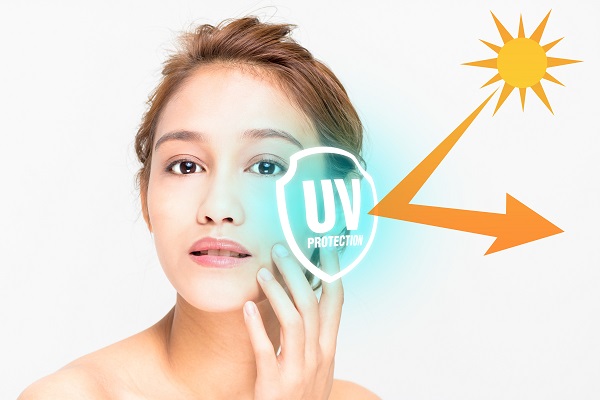
Repairing Sun Damage
Exfoliating to remove damaged skin cells
Exfoliation is an essential step in repairing sun damage, as it helps remove dead and damaged skin cells, revealing fresh and healthy skin. Gentle exfoliation once or twice a week can improve skin texture, even out skin tone, and reduce the appearance of dark spots. Choose exfoliants with gentle ingredients like alpha-hydroxy acids (AHAs) or beta-hydroxy acids (BHAs) to avoid further irritation.
Using brightening products
Sun damage can lead to the development of dark spots and uneven skin tone. Brightening products containing ingredients like vitamin C, niacinamide, or licorice root extract can help fade these spots and promote a more radiant complexion. Incorporate brightening serums or creams into your skincare routine to target specific areas of concern.
Facial treatments for rejuvenation
If you’re looking for more intensive sun damage repair, professional facial treatments can offer advanced solutions. Treatments such as chemical peels or microdermabrasion can effectively exfoliate and rejuvenate the skin, improving its texture, tone, and overall appearance. Consult with a licensed aesthetician or dermatologist to determine the most suitable treatment for your skin.
Laser and light therapies
Laser and light therapies have become popular options for repairing sun damage and improving overall skin health. These treatments use targeted beams of light to stimulate collagen production, diminish pigmentation issues, and improve skin texture. However, these treatments can be more invasive and may require downtime, so it’s crucial to consult with a qualified professional before undergoing any laser or light therapy procedures.
Caring for Specific Body Parts
Protecting the face and neck
The face and neck are often the most exposed areas and prone to sun damage. To protect these delicate areas, always apply sunscreen with a minimum SPF 30, and consider wearing a wide-brimmed hat and sunglasses. Additionally, incorporating anti-aging skincare products into your routine can help combat the signs of sun damage in these areas.
Caring for the lips
The lips are often overlooked when it comes to sun protection, but they are just as vulnerable to sun damage. Use a lip balm with SPF 30 or higher to shield your lips from UV rays. Reapply frequently, especially after eating or drinking, to maintain adequate protection throughout the day. Opt for lip balms with hydrating ingredients like shea butter or coconut oil to keep your lips moisturized as well.
Avoiding sun damage to the eyes
Protecting your eyes from sun damage is essential for maintaining healthy vision and preventing eye conditions caused by UV exposure. Invest in sunglasses that offer 100% UV protection and wrap around your face to block out side rays. Look for sunglasses with a close-fitting design and larger lenses to provide maximum coverage and minimize the risk of sun damage to your eyes.
Sun protection for the scalp
The scalp is often forgotten when it comes to sun protection, but it’s just as susceptible to sunburn and long-term damage. If you have thinning hair or a bald spot, apply a sunscreen or wear a wide-brimmed hat to protect your scalp from UV rays. You can also consider using scalp-specific sunscreens or spray-on sun protectants to ensure adequate coverage.
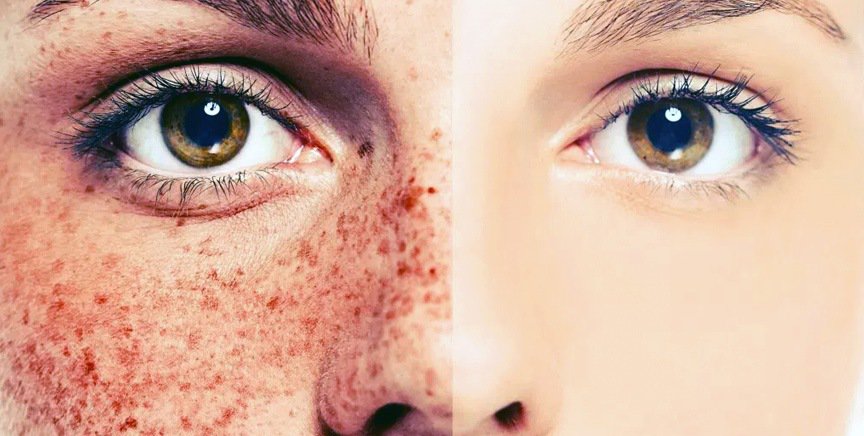
The Importance of Regular Check-Ups
Skin cancer screenings
Regular check-ups with a dermatologist are crucial for the early detection of skin cancer. During a skin cancer screening, the dermatologist thoroughly examines your skin for any suspicious moles, lesions, or other abnormalities. Early detection significantly improves the chances of successful treatment and recovery.
Early detection and prevention
By regularly visiting a dermatologist, you can catch any signs of sun damage or potential skin cancer at an early stage. Dermatologists have the expertise to identify abnormal changes in your skin and recommend appropriate preventive measures or treatments. Don’t wait until you notice a problem – schedule regular check-ups to stay proactive about your skin health.
Consulting a dermatologist
If you’re concerned about existing sun damage or want personalized advice on sun protection, consulting a dermatologist is highly beneficial. Dermatologists can evaluate your skin’s condition, recommend effective treatment options, and provide professional guidance on proper sun protection techniques. They are your best resource for comprehensive skincare and sun damage prevention.
Staying Sun Safe All Year Round
Sun protection during winter
Even during the winter months, it’s important to practice sun protection to prevent sun damage. UV rays can penetrate clouds and reflect off snowy surfaces, so wearing sunscreen, protective clothing, and sunglasses is still necessary. Be mindful of the sun’s intensity, especially at higher altitudes, and take appropriate measures to protect your skin throughout the year.
Sun damage risks on cloudy days
Cloudy days may seem less threatening, but UV rays can still reach your skin and cause damage. Cloud cover does not provide full protection against these harmful rays, so it’s crucial to maintain your sun protection routine regardless of the weather. Apply sunscreen and wear protective clothing whenever you’re spending time outdoors, even on overcast days.
Sun safety during outdoor activities
Engaging in outdoor activities, such as hiking, swimming, or playing sports, requires extra precautions to stay sun-safe. Make sure to apply sunscreen before heading out and reapply as needed, especially if you’re sweating or in and out of the water. Wear appropriate protective clothing, such as rash guards or hats, and seek shade whenever possible to minimize sun exposure.
In conclusion, understanding sun damage and taking appropriate preventive measures is crucial for the health and well-being of your skin. By using sunscreen correctly, wearing protective clothing and accessories, and incorporating sun damage repair strategies into your skincare routine, you can minimize the harmful effects of the sun. Remember to hydrate from within, care for specific body parts, and prioritize regular check-ups with a dermatologist to ensure your skin remains healthy and protected. With these sun-safe practices, you can enjoy the outdoors while keeping your skin radiant, youthful, and free from sun damage.
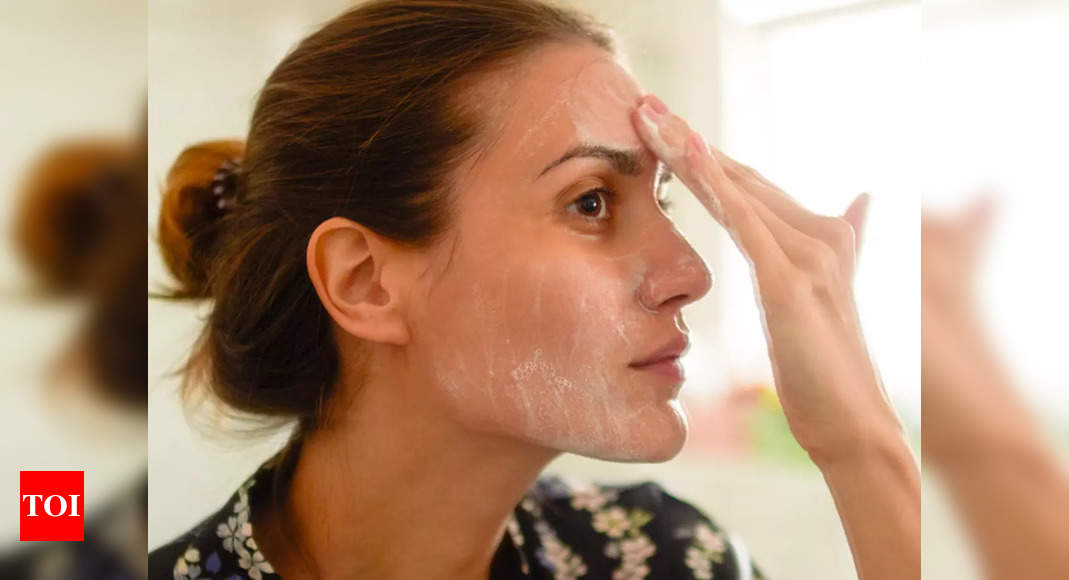
UV Defender Moisture Fresh Daily Sunscreen SPF 50+ Review(Opens in a new browser tab)

